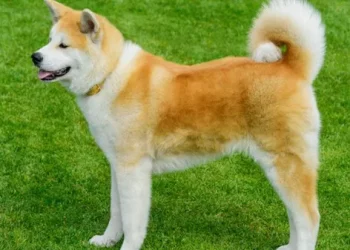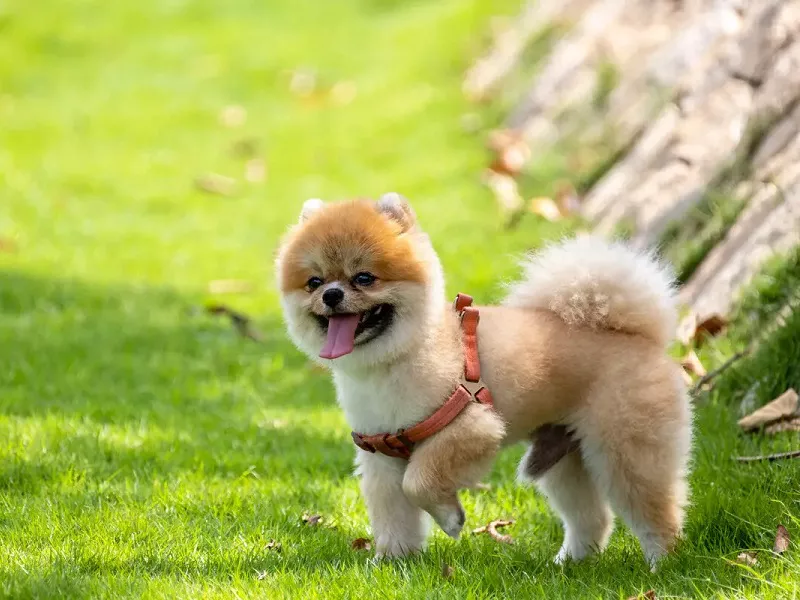The Akita is a large and powerful breed of dog that has been bred for centuries in Japan. Historically, the Akita was used as a hunting dog and was trained to be aggressive towards prey. Today, the breed is known for its loyalty, courage, and protective nature, but sometimes this protective instinct can lead to aggression towards people or other animals. In this article, we will discuss how to train an Akita to be less aggressive.
Socialization
Socialization is a critical step in reducing aggression in any dog. Expose your Akita to different people, animals, and environments from a young age. This will help them to become more comfortable with new situations and reduce their fear of unfamiliar things. Socialization will also help your Akita learn to differentiate between safe and dangerous situations and respond appropriately.
Obedience training
Obedience training is another essential step in reducing aggression in your Akita. Teach your Akita basic commands such as “sit,” “stay,” and “come.” This will help them to become more responsive to your commands and reduce their impulsiveness. Obedience training will also help your Akita learn to control their impulses and understand the consequences of their actions.
Positive reinforcement
Positive reinforcement is a powerful tool for training any dog. Reward your Akita for good behavior with treats, praise, and playtime. This will help them to learn that good behavior leads to positive outcomes, which will encourage them to continue behaving well. Positive reinforcement will also help to build a positive relationship between you and your Akita, which will make training more effective.
Desensitization
Desensitization is a technique used to reduce your Akita’s sensitivity to triggers that cause them to become aggressive. Identify the triggers that cause your Akita to become aggressive, such as strangers, other dogs, or loud noises. Gradually expose your Akita to these triggers in a controlled environment and reward them for remaining calm. Over time, your Akita will become less sensitive to these triggers, and their aggressive behavior will decrease.
Management
Management is an important tool for reducing aggression in your Akita. Manage your Akita’s environment to reduce their exposure to triggers that cause them to become aggressive. For example, keep your Akita on a leash when out in public to prevent them from approaching other dogs or strangers. Create a safe space for your Akita at home where they can retreat to when they feel anxious or stressed.
Seek professional help
If your Akita’s aggressive behavior is severe or persists despite your efforts, seek professional help. A professional dog trainer or behaviorist can help you develop a customized training plan for your Akita and provide you with the tools and techniques you need to reduce their aggression.
In conclusion, training an Akita to be less aggressive requires patience, consistency, and dedication. Socialization, obedience training, positive reinforcement, desensitization, and management are all essential tools for reducing aggression in your Akita. Remember that every dog is unique and may respond differently to training. If your Akita’s aggressive behavior is severe or persistent, seek professional help to develop a customized training plan. With the right training and management, your Akita can learn to become a well-behaved and loving companion.


























